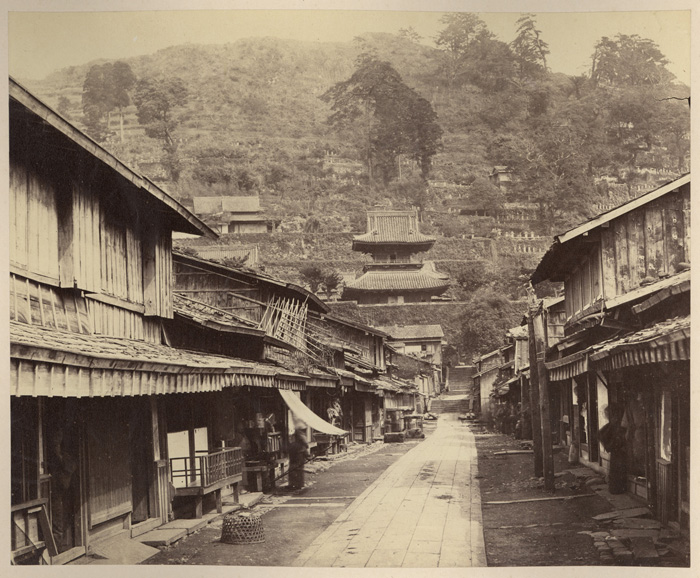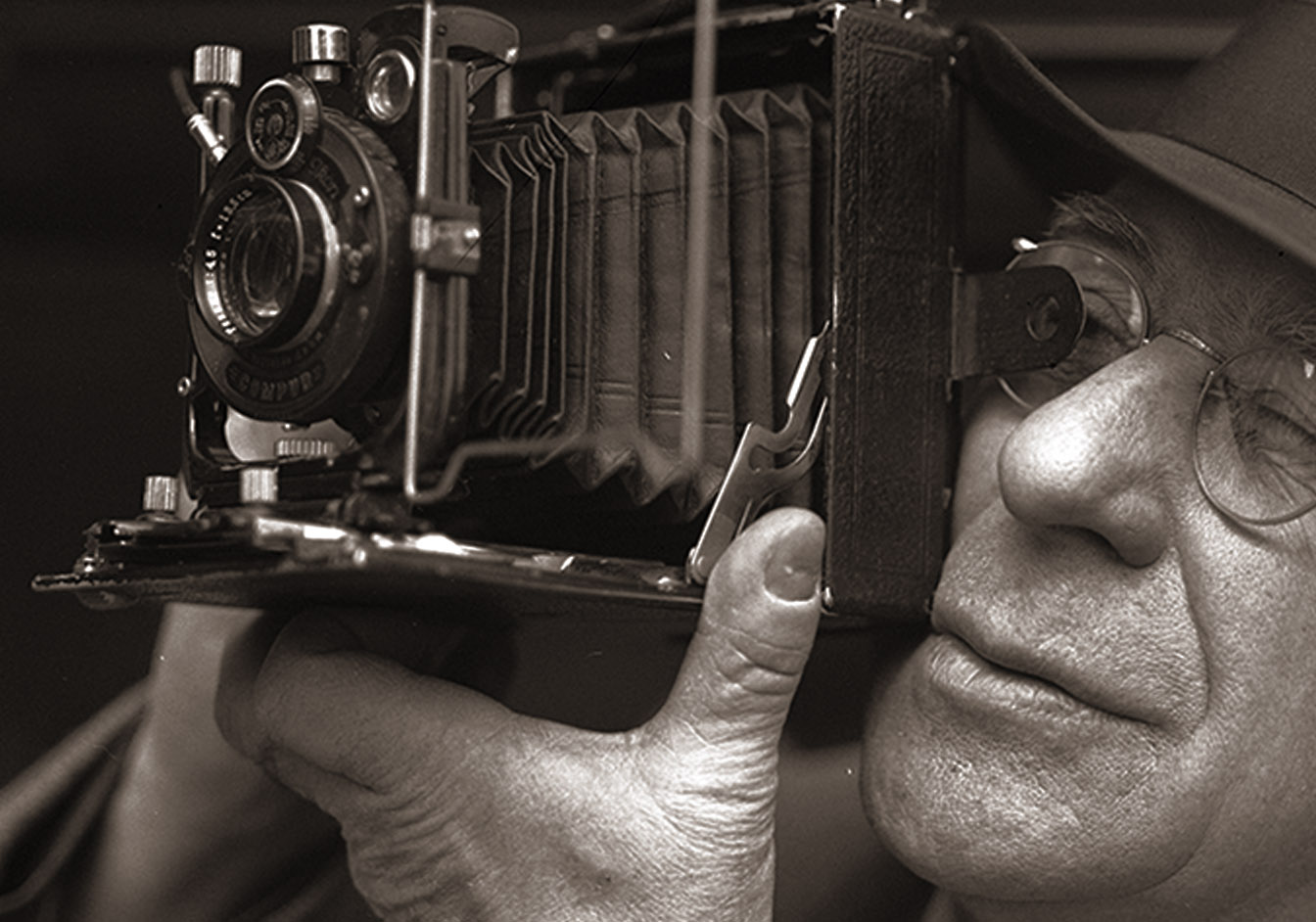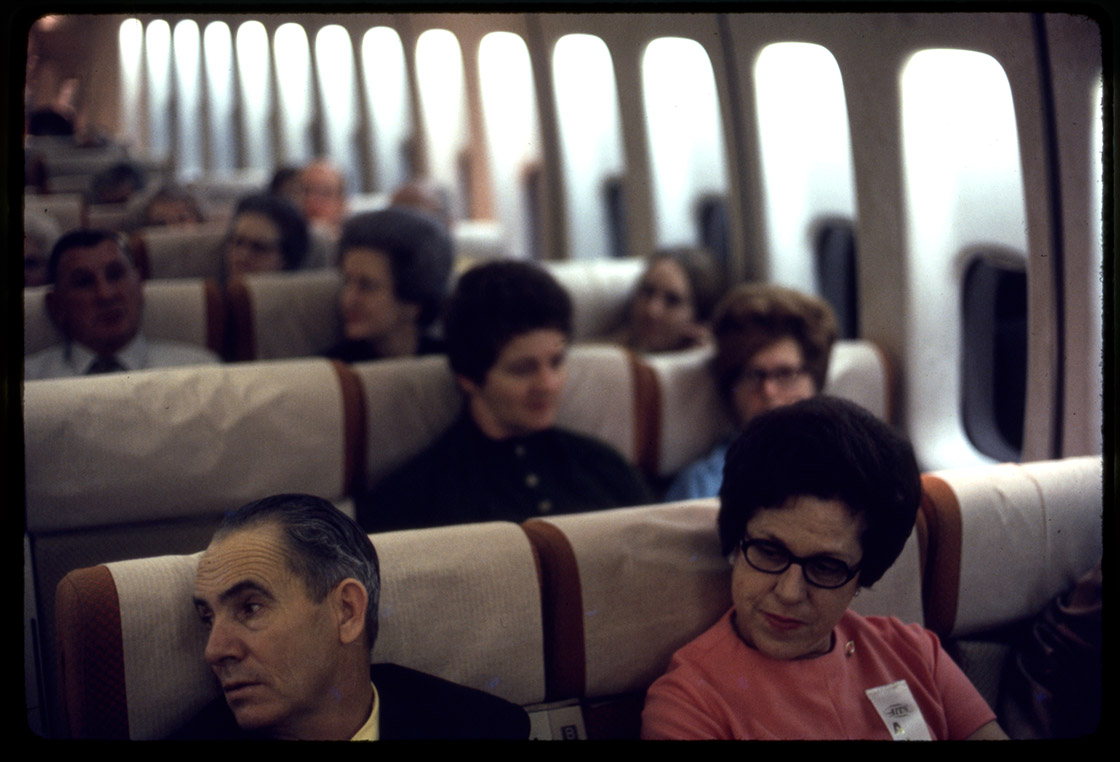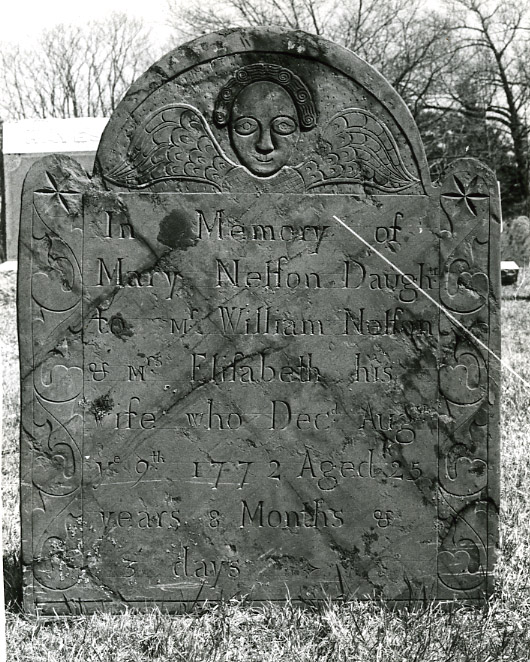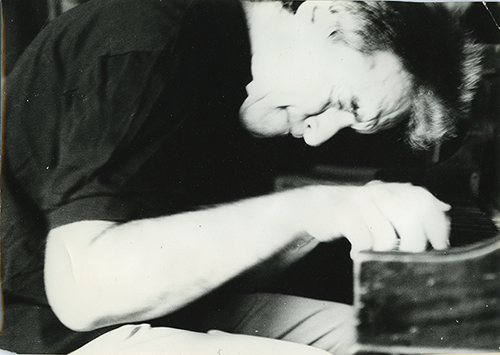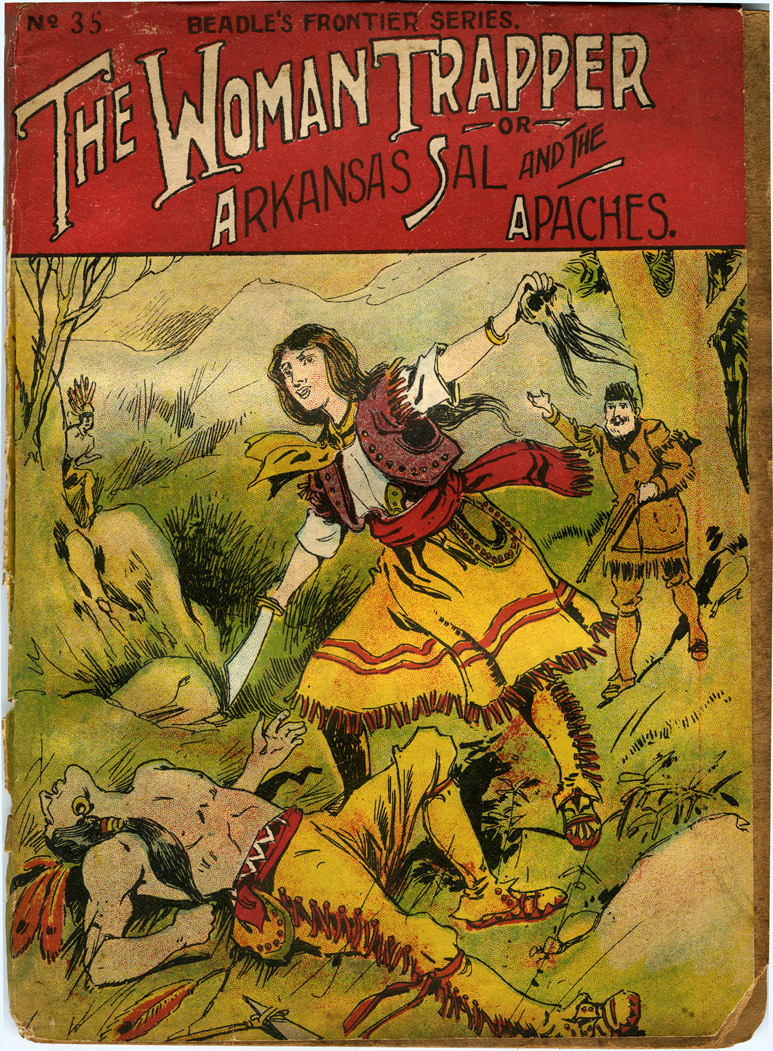Roy and Ellen Perry Berkeley Papers
ca.1954-2011
2 boxes 3 linear feet
Call no.: MS 972
Born in New York City in 1935, Roy Berkeley’s eclectic creative career began while working his way through Columbia University (BA, 1956) as an editor for the New York Post and pseudonymous author of 14 pulp novels, and continued after graduation, working for two years at the height of the Cold War in U.S. intelligence. A self-taught guitarist, he became a stalwart of the folk music scene in Greenwich Village, performing at the Gaslight regularly and at the first Newport Folk Festival in 1959, and eventually recording three albums. In 1966, Berkeley married Ellen Perry, a writer and editor for Progressive Architecture and Architectural Forum, and one of the few women architectural critics of the time. Their time in New York City ended in 1971, however, when Ellen’s job as an editor at an architectural magazine ended. Using Roy’s winnings from his appearance on the television show Jeopardy, the couple relocated to Shaftsbury, Vt., where they led a freelance life as writers, editors, teachers, and lecturers. Roy was eventually appointed deputy Sheriff in town and became a member of the state’s Fish and Wildlife Board. After a struggle with cancer, Roy Berkeley died in 2009 at the age of 73.
The bulk of the Perry Papers consists of Roy’s research files and drafts of a never-completed history of the folk music scene, along with some correspondence, notes, and ephemera that includes both editions of his Bosses Songbook, a satirical send-up of the People’s Songbook. The collection also contains a sampling of the exceptional range of Ellen’s writing on topics from architecture to cats, cookery, to grieving.
Gift of Ellen Perry Berkeley, April 2017
Subjects
ArchitectureFolk musicContributors
Berkeley, Ellen Perry
